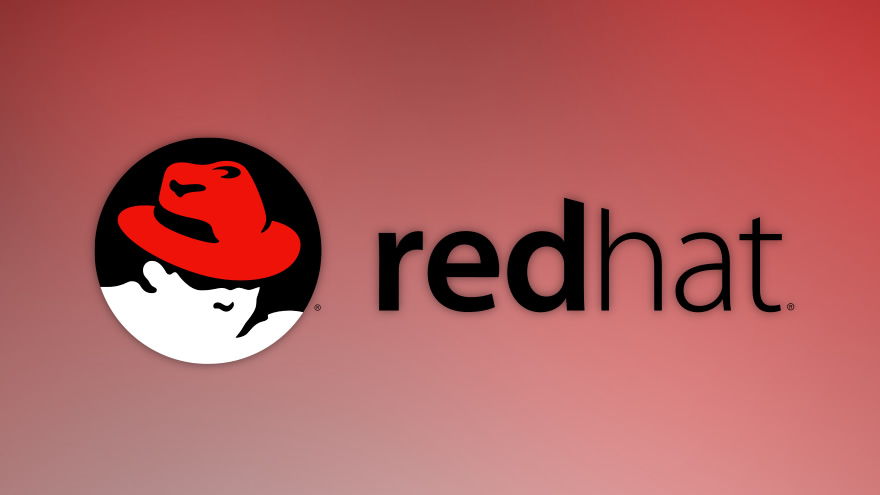
The “full integration of mobile apps with cloud is where the action is,” in enterprise mobile apps, Cathal McGloin, VP Mobile Platforms at Red Hat Inc., recently told us. He also explains how this heightens the role and importance of MBaaS (mobile backend as a service).
As the major advocates of the Mobile Cloud, we are delighted with his assessment. Red Hat ratcheted up their mobile capability when they acquired FeedHenry, of which McGloin was CEO in September 2014. Feed Henry was one of the leaders in MBaaS.
Red Hat’s Increasing Involvement In Mobile
Red Hat, the open source software pioneer and biggest contributor to Linux, has grown to be about a $2 billion revenue company. It offers “high-performing operating system, virtualization, middleware, storage and cloud technologies.”
Since acquiring FeedHenry, Red Hat has integrated the MBaaS capability with OpenShift, Red Hat’s Platform-as-a-Service (PaaS) that “allows developers to quickly develop, host, and scale applications in a cloud environment.”
The basic concept of MBaaS is to make it easier to develop applications by simplifying the coding of “backend” functions (server-facing). This involves reusable code, including access to code repositories such as GitHub, to minimize duplicative coding tasks. The backend providers also offer functionality such as: storage, user authentication, push notifications, security, access to various preconfigured services and, in some cases, various levels of user, or application, management. The objective is to expedite and simplify creating new cross-platform mobile applications.
McGloin emphasizes that the principal change that has overtaken the enterprise mobile app development area is that companies are increasingly thinking of mobile apps as apps that will invariably use the cloud. This means that the task is not just to develop a working app that solves an immediate mobile need. It highlights the fact that the app must be tied into existing backend systems. This is where the MBaaS capability becomes so important, in his view.
Mobile “Maturity” Survey – State Of The Enterprise Market
Red Hat also recently released results of a survey of 200 enterprises in the U.S. and Europe that featured some dramatic findings regarding enterprise adoption of mobile applications. Most interesting was a finding that organizations surveyed planned “to develop on average 21 custom apps each over the next two years, a 40 percent increase over the average number of custom apps developed in the last two years.” This was surprising because in other surveys a far slower pace of mobile apps development has been indicated for enterprises in general.
The survey also found that over 50% of the enterprises claim to have a “fully implemented mobile app strategy,” also perhaps a somewhat high number, depending on one’s definition of “mobile app strategy.” Not surprising at all was the further finding that 90% of the companies plan to increase “investment in mobile application development within the next 12 months.”
In discussing the survey with McGloin, he pointed to the fact that, while different surveys may come up with differing penetration rates, there is no question that mobile investment by enterprises is increasing significantly. He also mentioned a CCS Insight survey that found that 69% of enterprise spending on mobile apps is coming from outside of the traditional IT departments.
The Digital Enterprise
McGloin describes the emerging objective of companies to move to “the digital enterprise.” His contention is that, as part of this process, the approach to mobile is changing in a very important way, which is that mobile apps are being conceived from the start as requiring integration to the cloud. As mentioned above, this differs from the earlier stage of adoption of mobile, where mobile apps were designed to address a specific need or solution, but the cloud was not necessarily incorporated in the design of the app.
Regarding the mobile progress by verticals, McGloin regards it as quite uneven. He notes that a recent trip to the Asia/Pacific region, revealed a very widespread adoption of cloud computing and mobile in the financial services sector. He finds the utilities industry, as one example, to be still reluctant in its adoption rate.
He notes as a key aspect of the merger into Red Hat that the parent’s salesforce gives him far greater access to major accounts. He singles out pharmaceuticals and financials as two examples.
Our Takeaway
We’ve been very interested in the subject of enterprise adoption of mobile and mobile cloud. We interviewed McGloin for our study on “The Future Of Mobile Cloud Apps” in 2012 when he was running FeedHenry.
Our analysis at that time was that enterprises were: 1) trying to protect investment in legacy software systems; 2) wrestling with their attitudes towards the “cloud” in general; 3) beginning to recognize that mobile access for employees was a growing issue; and 4) starting to address how to expand access to information systems to third parties, such as partners and customers. We forecast that evolution towards the Mobile Cloud would result from companies addressing items 3) and 4).
What McGloin is indicating, which we agree with, is that over a span of three years a powerful, even irresistible, tide has set in that mobile is critical and that mobile must increasingly be tied to cloud throughout the development and implementation phases of critical enterprise software and solutions.
Visit their website: www.redhat.com
Postscript: FeedHenry was certainly one of the most intriguing corporate names in the mobile industry. While, for sales purposes, the FeedHenry name has been re-branded under the Red Hat Mobile Platforms name, delving into the Red Hat site, reveals that the FeedHenry name persists strongly in documentation, videos and other supporting material (e.g., https://openshift.feedhenry.com/docs/videos.html).
